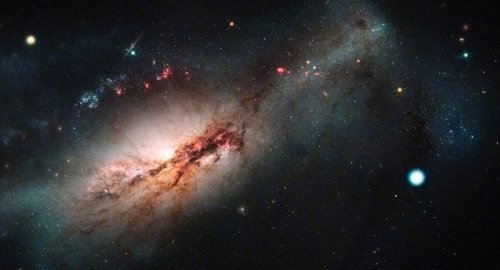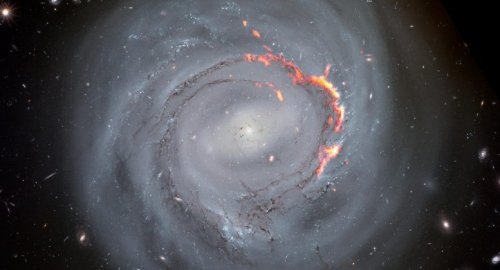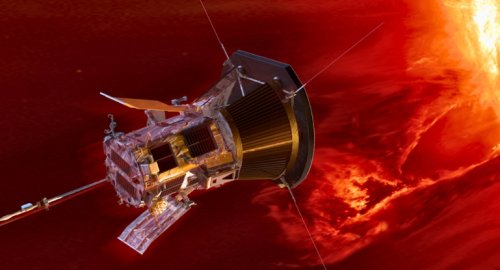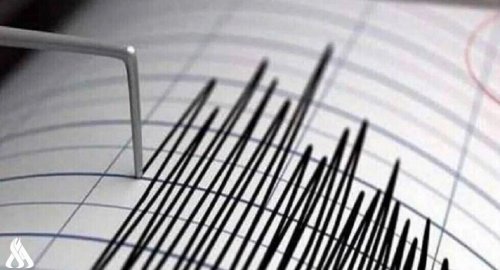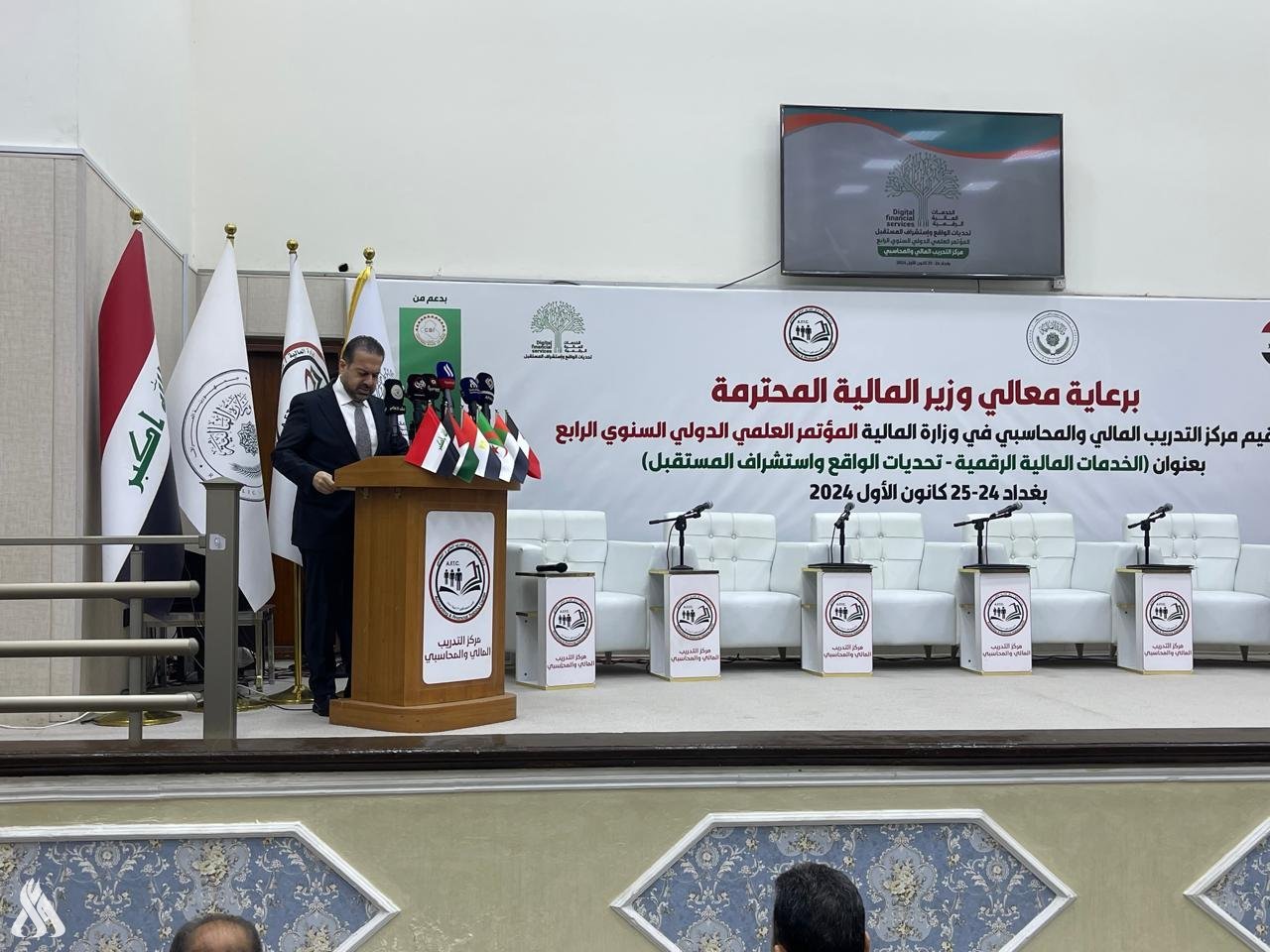
Astronomers have found a huge cavity in space – and no definite explanation of where it came from.

- 23-09-2021, 09:47
INA- SOURCES
The vast void is shaped like a sphere, stretches almost 500 light-years across and is found in space among the constellations Perseus and Taurus. The molecular clouds – regions where stars form – that are named after those constellations surround the cavity.
But despite that intriguing fact, scientists have not been able to pin down how exactly the cavity was formed.
They speculate that the Perseus and Taurus molecular clouds are not actually separate structures in space. Instead, they both appear to have been formed from the same shockwave, after a supernova explosion.
“This demonstrates that when a star dies, its supernova generates a chain of events that may ultimately lead to the birth of new stars,” said Dr Bialy.
Researchers found the void when they were analysing 3D maps of the shapes and sizes of nearby molecular clouds. Those aps were made using data from Gaia, an observatory in space launched by the European Space Agency.
That map is itself a major breakthrough: it is the first time that molecular clouds have been charted in 3D. Previously, scientists were restricted to flat images.
“We’ve been able to see these clouds for decades, but we never knew their true shape, depth or thickness. We also were unsure how far away the clouds were,” said Catherine Zucker, a postdoctoral researcher at the CfA who led the study to create them, which is detailed in a separate paper published in the Astrophysical Journal. “Now we know where they lie with only 1 percent uncertainty, allowing us to discern this void between them.
“There are many different theories for how gas rearranges itself to form stars,” said Dr Zucker. “Astronomers have tested these theoretical ideas using simulations in the past, but this is the first time we can use real — not simulated — 3D views to compare theory to observation, and evaluate which theories work best.”
Parker Probe survives 'touching sun' in record-breaking flyby
- Multimedia
- 09:06
Full decisions of today's Cabinet session
- politics
- 09:06
Earthquake rattles north of Kirkuk, says MOT
- Local
- 08:08
Iraq vs Saudi Arabia match kicks off, Arabian Gulf Cup 26
- Sport
- 24/12/28
Real Madrid becomes Arnold's new home
- Sport
- 24/12/28
Globe Soccer Awards 2024: all the nominees
- Sport
- 24/12/27
